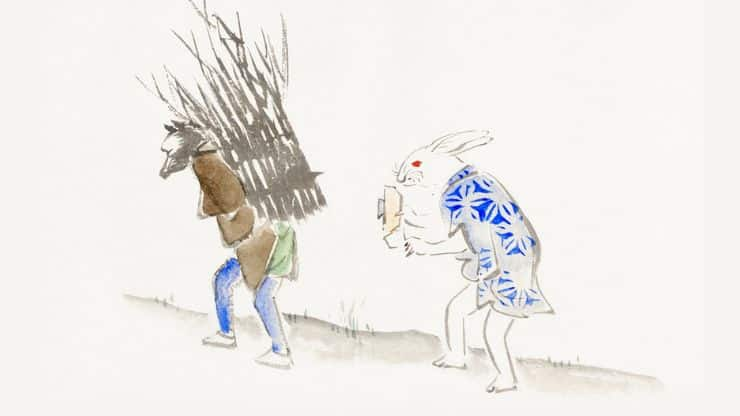We are biased towards perceiving anything challenging to be less appealing, suggests a new study from University College London. The amount of effort needed to do something influences what we think we see, the study found.
Imagine you are in an orchard, trying to decide which of the many apples to pick. On what do you base your decision?
Most research into this type of decision-making has focused on how the brain uses visual information – about features such as color, size and shape – to make a choice. But what about the effort required to obtain the apple?
Does an apple at the top of the tree look more or less tempting than the low-hanging fruit?
Heavy Levers
Dr Nobuhiro Hagura, who led the UCL team before moving to NICT in Japan, said:
“Our brain tricks us into believing the low-hanging fruit really is the ripest. We found that not only does the cost to act influence people’s behaviour, but it even changes what we think we see.”
Dr Hagura and his team asked 52 volunteers to decide whether dots on a screen were moving to the left or to the right. The volunteers indicated their choice by moving one of two levers.
If they thought the dots were moving to the right, they moved a lever in their right hand. If they thought the dots were moving to the left, they moved a lever in their left hand.
What the volunteers did not know, however, is that one of the levers was slightly heavier and therefore harder to move than the other.
Path Of Least Resistance
The team found that the volunteers biased their decisions away from the direction that would require the most effort. If the right-hand lever was heavier, the volunteers decided that dots with ambiguous motion were moving to the left.
Those for whom the left-hand lever was heavier felt that the same dots were moving to the right. The participants showed this bias despite failing to notice that the levers had different weights.
Moreover, they continued to show the bias even when subsequently asked to simply say their answers rather than use the levers.
“The tendency to avoid the effortful decision remained even when we asked people to switch to expressing their decision verbally, instead of pushing on the handles. The gradual change in the effort of responding caused a change in how the brain interpreted the visual input. Importantly, this change happened automatically, without any awareness or deliberate strategy,”
Dr Hagura said.
Traditionally, scientists have assumed the visual system gives us perceptual information, and the motor system is a mere downstream output channel, which expresses our decision based on what we saw, without actually influencing the decision itself. Our experiments suggest an alternative view: the motor response that we use to report our decisions can actually influence the decision about what we have seen.”
The fact that participants were biased even when responding verbally, and despite being unaware that the levers differed in weight, suggests that they were not deliberately choosing the easier option. Instead, the cost to act changed how they perceived the stimuli themselves.
The findings also suggest that it might be possible to help people make better decisions by designing environments in which less favorable options require more effort.
Nobuhiro Hagura, Patrick Haggard Jörn Diedrichsen
Perceptual decisions are biased by the cost to act
eLife, February 2017 DOI: 10.7554/eLife.18422.001
Image: Sketch (1850) Utagawa Hiroshige
Last Updated on January 8, 2024
